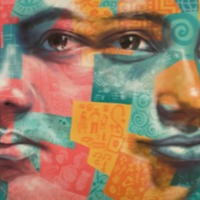
Nasreen Sheikh
There are an estimated almost 8 million people living in modern slavery in India (GSI 2018). India has a population of more than 1.3 billion people, there are still at least 270 million people living on less than US$1.90 per day. While laws, systems and attitudes regarding key 'fault lines' such as the caste system, gender and feudalism are rapidly changing, social change of this depth and scale necessarily takes time. In this context, it is perhaps unsurprising that existing research suggests that all forms of modern slavery continue to exist in India, including intergenerational bonded labour, forced child labour, commercial sexual exploitation, forced begging, forced recruitment into nonstate armed groups and forced marriage. Nasreen was born up into what she recognised as an oppressive society after witnessing the murder of her aunt and forced marriage of her older sister. To get out of her village, Nasreen travelled to Kathmandu to live with her cousin when she was nine years old. Here she experienced forced child labour and was forced to work twelve-hour days with little pay and poor living conditions. After two years the work ended, and she was left homeless. She received help from a stranger and began a distance education course. She recalls how this education brought her to understand the issues affecting Kathmandu society and sought out ways to address these. At fifteen years old she started Local Women’s Handicrafts to empower women and girls recovering from trauma and living in poverty.
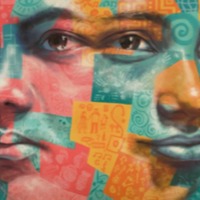
Ms Lee B
The Global Slavery Index 2018 estimates that on any given day in 2016 there were over 3.8 million people living in conditions of modern slavery in China. Women and girls from South Asia, Southeast Asia and Africa are trafficked in to forced marriage in the country for fees of up to £30,000. The gender imbalance caused by the One Child Policy and the cultural preference for male children, has caused a shortage of women which has led to the trafficking of women to be sold as brides. As a result, many women find themselves either deceived by promises of employment, sold or abducted and forced into marrying Chinese men who have paid for them North Korean women who cross the border into China fleeing hunger and repression in their homeland frequently fall victim to human traffickers who sell them to Chinese men searching for wives. These women describe being sold as “brides” to Chinese men, who often put them to backbreaking labour and subject them to constant fear, physical assault, and sexual abuse. After Ms Lee lost all of her family members, a North Korean couple trafficked her to China and sold her to a man who is now her husband.
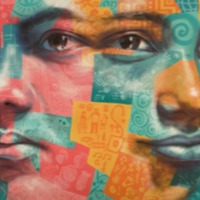
Nicolae
There are an estimated 136,000 people living on conditions of modern slavery in the United Kingdom (Global Slavery Index 2018). According to the 2017 annual figures provided by the National Crime Agency, 5, 145 potential victims of modern slavery were referred through the National Referral Mechanism in 2017, of whom 2,454 were female, 2688 were male and 3 were transgender, with 41% of all referrals being children at the time of exploitation. People are subjected to slavery in the UK in the form of domestic servitude, labour exploitation, organ harvesting and sexual exploitation, with the largest number of potential victims originating from Albania, China, Vietnam and Nigeria. This data however does not consider the unknown numbers of victims that are not reported. Nicolae, a 29-year-old Romanian, was approached by a man on the street near his home city one day, offering him a job in the UK for 700 pounds, or around $860, a month. His family was living in extreme poverty and some days unable to feed themselves, so he jumped at the opportunity.
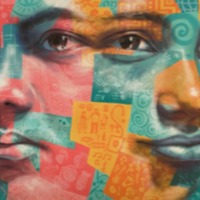
Olabisi
The UK National Crime Agency estimates 3,309 potential victims of human trafficking came into contact with the State or an NGO in 2014. The latest government statistics derived from the UK National Referral Mechanism in 2014 reveal 2,340 potential victims of trafficking from 96 countries of origin, of whom 61 percent were female and 29 percent were children. Of those identified through the NRM, the majority were adults classified as victims of sexual exploitation followed by adults exploited in the domestic service sector and other types of labour exploitation. The largest proportion of victims was from Albania, followed by Nigeria, Vietnam, Romania and Slovakia. Olabisi’s initial claim to asylum was refused and, although she accessed legal representation to appeal this decision, she chose to leave Unseen’s project and her whereabouts are currently unknown.
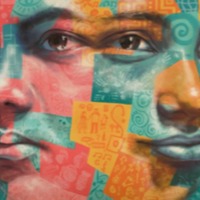
Natalie A
Criminal justice and victim support statistics, including the International Organisation for Migration (IOM) statistics noted below, confirm that forced prostitution and the commercial sexual exploitation of women and girls continues to be a reality in the Asian region. Rising internet usage rates, the availability of mobile phones, and poverty in many parts of Asia has facilitated online forms of child sexual abuse for profit. Natalie was born in South East Asia, where she was sexually exploited in an illegal brothel. She moved to Australia to work in a legal brothel, but found herself with a large debt for her recruitment, and was being charged for her expenses and as punishment. An NGO named Project Respect helped her to leave the sex industry by helping her to find alternative work.
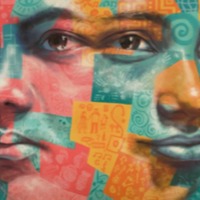
Mike
The UK National Crime Agency estimates 3,309 potential victims of human trafficking came into contact with the State or an NGO in 2014. The latest government statistics derived from the UK National Referral Mechanism in 2014 reveal 2,340 potential victims of trafficking from 96 countries of origin, of whom 61 percent were female and 29 percent were children. Migrant workers in the UK are subjected to forced labour in agriculture, cannabis cultivation, construction, food processing, factories, domestic service, nail salons, food services, car washes, and on fishing boats. In Northern Ireland, migrants from Albania and Romania are particularly vulnerable to forced labour, including in agricultural work. Mike’s account highlights the lasting effects of the physical abuse experienced during enslavement and forced labour.Mike was sleeping rough after the financial crisis when he was offered work near London. Mike, along with other men was forced to live in a shed and go round knocking on doors for jobs under the threat of physical abuse.
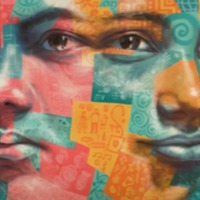
Ah Jing
Ah Jing’s parents were arrested for practising Falun Gong when she was seven or eight years old. In China she had been homeless, fending for herself, earning a meagre living trading scrap paper, cardboard, cans, bottles, jars and books. When she was 16, she borrowed some money from some snakeheads who then told her they could find her work in the UK, so that she could repay what she owed. Before she left China Ah Jing owed ¥100,000 to the snakeheads: on arrival in the UK she owed a further ¥170,000, making ¥270,000 in total. Ah Jing had willingly left her hard life in China, where she had no identity papers, money or home. Once she was in the UK, her debts had increased and she was pressurised into sex work, which she resisted. She was raped by a snakehead and became pregnant. As she was no further use as a sex worker, she was released with threats that if she told anyone about her ordeal, they would take revenge.